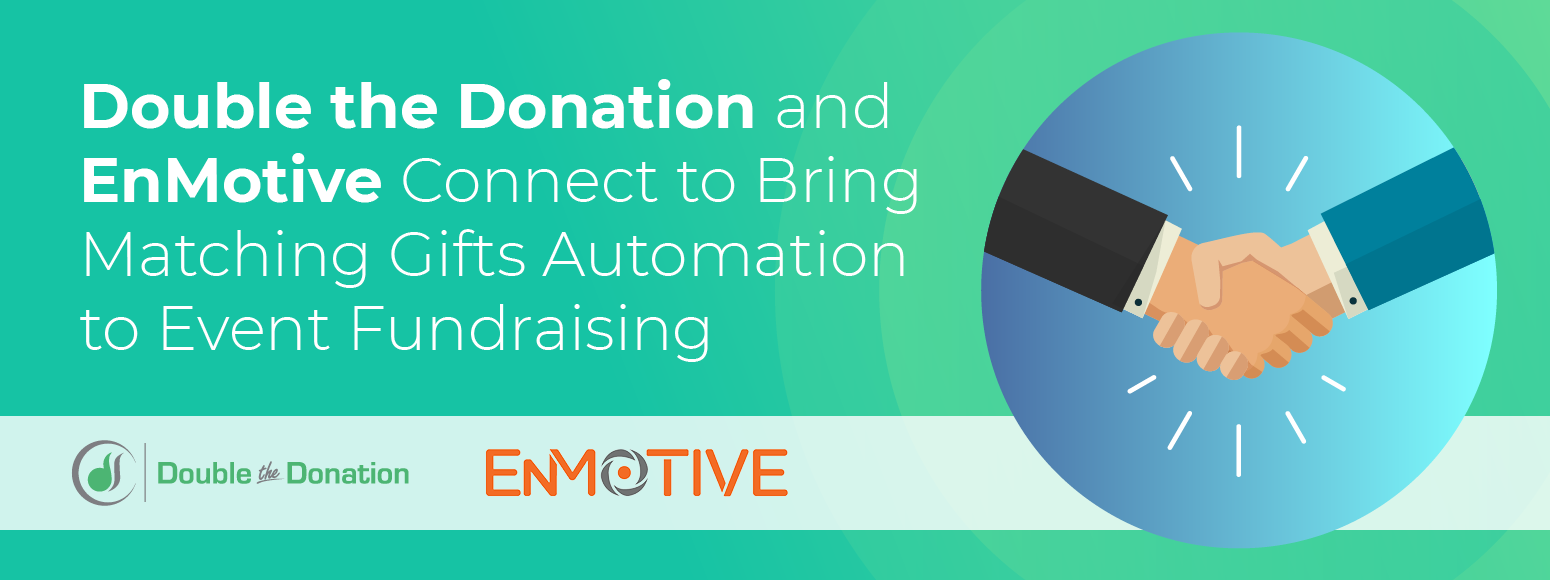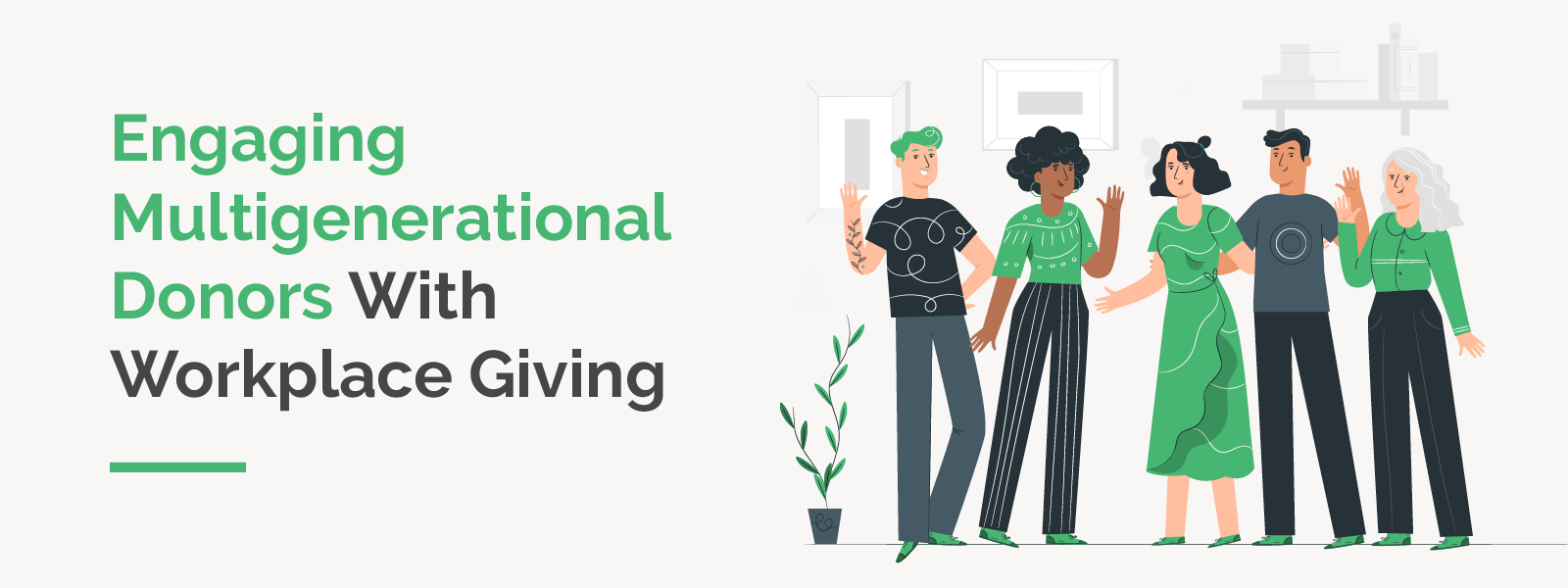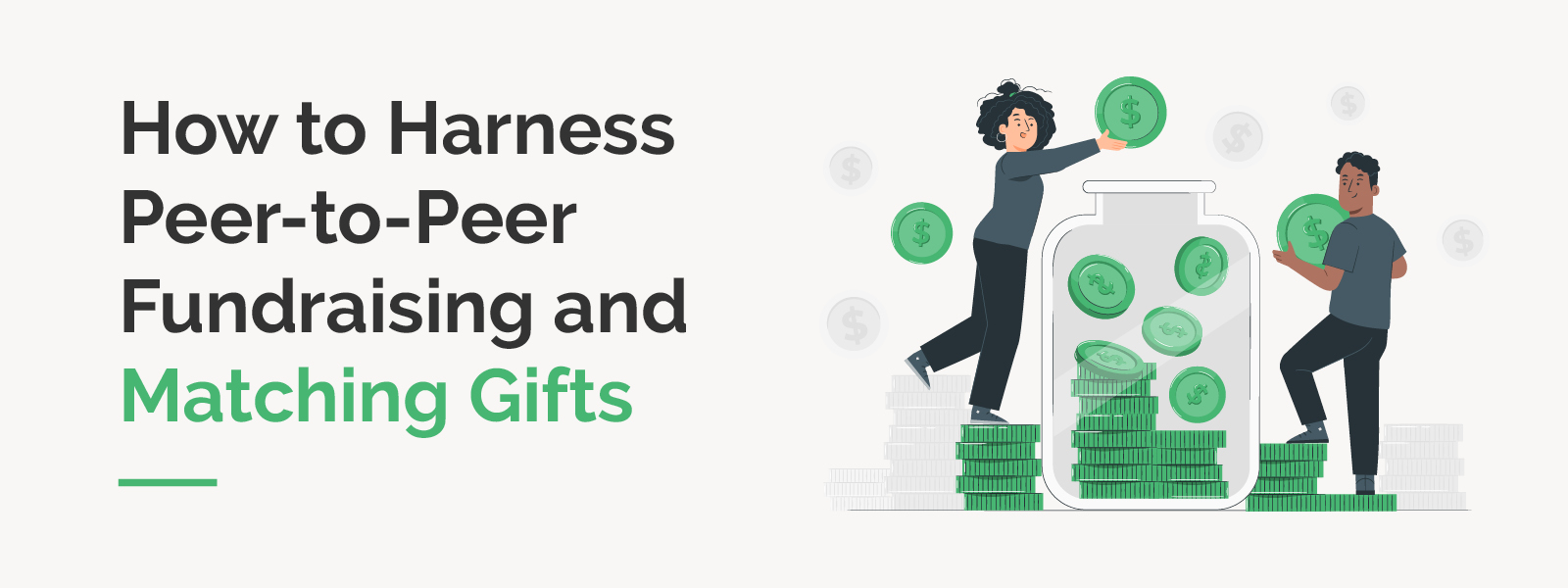
Double the Donation and EnMotive Connect to Bring Matching Gifts Automation to Event Fundraising
Double the Donation, the leader in corporate matching gifts automation…
 https://doublethedonation.com/wp-content/uploads/2023/11/Skills-Based-Volunteering_Feature.jpg
720
1920
Adam Weinger
https://doublethedonation.com/wp-content/uploads/2025/11/DTD-horizontal-logo-300x63.png
Adam Weinger2023-12-14 14:26:542025-11-19 07:00:36Skills-Based Volunteering: What It Is & How It’s Rewarding
https://doublethedonation.com/wp-content/uploads/2023/11/Skills-Based-Volunteering_Feature.jpg
720
1920
Adam Weinger
https://doublethedonation.com/wp-content/uploads/2025/11/DTD-horizontal-logo-300x63.png
Adam Weinger2023-12-14 14:26:542025-11-19 07:00:36Skills-Based Volunteering: What It Is & How It’s Rewarding
Engaging Multigenerational Donors [With Workplace Giving]
Tons of companies offer workplace giving programs as a way…

How to Harness Peer-to-Peer Fundraising and Matching Gifts
Peer-to-peer fundraising is a great way to extend your fundraising…

